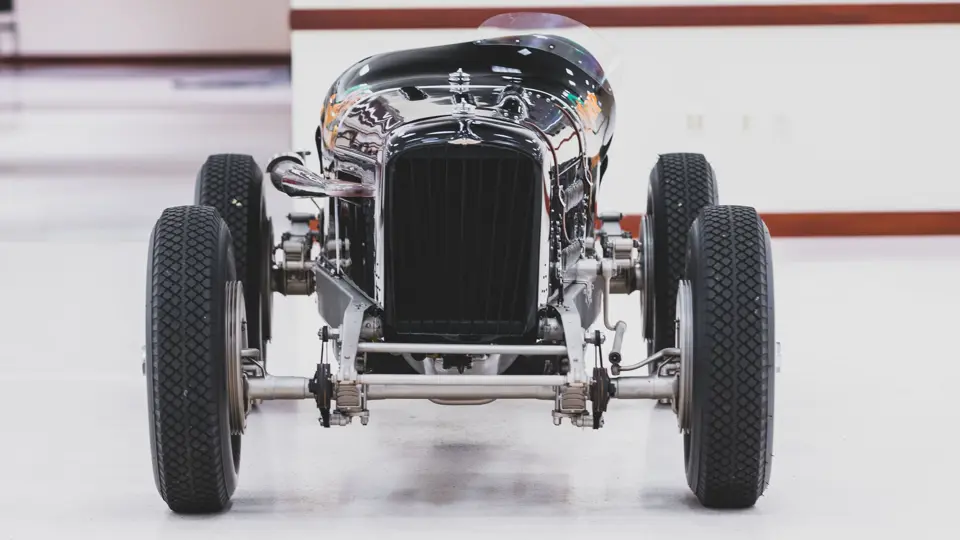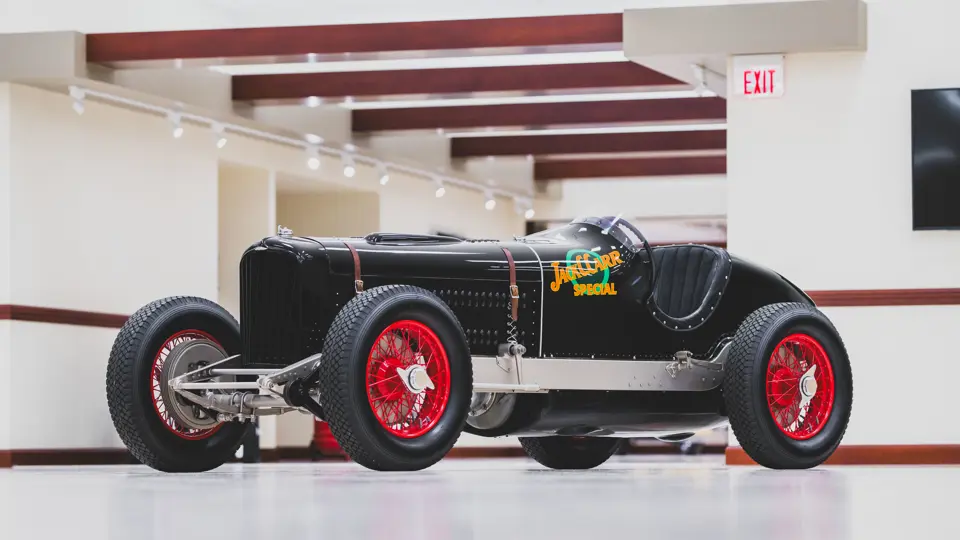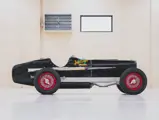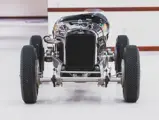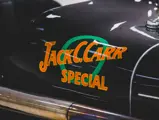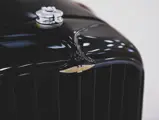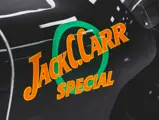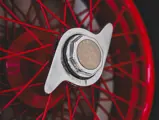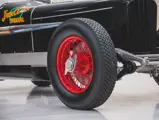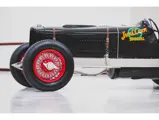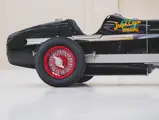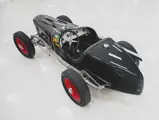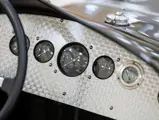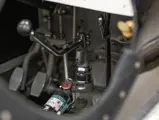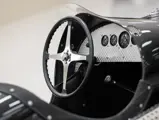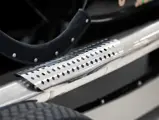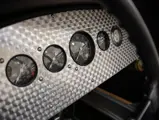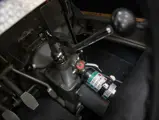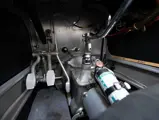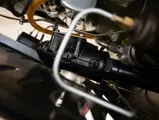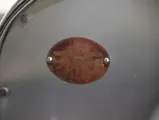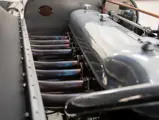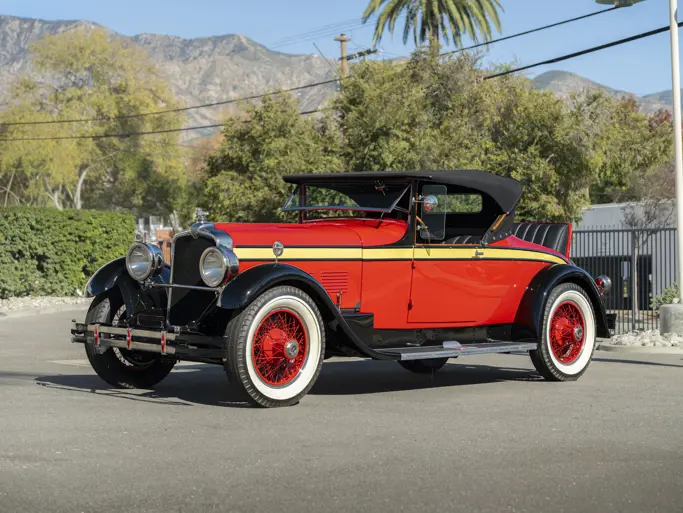
1933 Rigling & Henning-Duesenberg "Jack C. Carr Special" Indianapolis
{{lr.item.text}}
$527,500 USD | Sold
Offered From the Terence E. Adderley Collection
{{bidding.lot.reserveStatusFormatted}}
- Offered from the Terence E. Adderley Collection
- One of the few authentic Duesenberg-powered Indianapolis cars in private ownership
- Fabricated by the noted Rigling & Henning; four-time private entrant in the Indianapolis 500
- Well-researched ownership history, including numerous prominent collectors
- An extremely significant acquisition for the Duesenberg enthusiast
Originally fabricated by the noted partnership of Herman Rigling and “Cotton” Henning, this significant Duesenberg-powered racing car was first entered by Rigling and Henning as a private entrant at the Indianapolis 500 in 1931, as one of the new entrants under the so-called “junk formula,” which required a production car basis for entry to the event. It originally ran a Model
“RA” engine, fitted with a performance crankshaft and one of the rare competition cylinder heads developed for the engine by August Duesenberg, with positive valve opening and closing lobes on the camshaft, similar to the “desmodromic” designs of years later.
In this form the car finished 12th overall at Indy, driven by Babe Stapp who had qualified 6th and started from 35th, only to be waylaid by an oil leak and clutch problems. Stapp then ran the car at Detroit that June, finishing 13th overall. The car subsequently changed ownership for 1932, with J.W. Kleinschmidt acquiring Henning’s interest, but despite L.L. Corum’s driving skills failed to qualify for that year’s 500.
Kleinschmidt then bought out Rigling as well for 1933, entering the car himself. This time, it was driven by Willard Prentiss as the Jack C. Carr Special, the livery in which the car appears today. Historian Fred Roe recorded that Carr was an insurance salesman who had no connection with the car, other than paying between $500 and $1,000 to have his name on it! Duesenberg historian Randy Ema believes that the transaction of the car was arranged by August Duesenberg, and that Duesenberg essentially tacitly supported the car even though it was not a factory entrant. To this point, the car for 1933 received the original engine from the so-called Model Y prototype road car, which August had acquired from the factory. It qualified 40th, ran all 200 laps at an average speed of 93.59 mph, and finished 13th overall.
In its final season at Indianapolis, in 1934, the car was known as the Kleinschmidt Special, and failed to qualify with Harold Shaw at the wheel due to a spin in practice.
During the late 1940s or early 1950s, the car was acquired by “Buck” Daugherty of West Plains, Missouri. Daugherty is said to have attempted to race the car on a dirt track while driving it home, damaging the Model Y engine. Accordingly, once home he began to prepare the car to receive a Model J engine, but never completed this work.
In 1983 the car was located in Daugherty’s ownership by Tim Ritter and Buck Boudemann, stored on the remote Missouri property where the eccentric Daugherty lived in a retired yellow school bus with a pack of Dobermans. Reportedly a disassembled car whole less its engine and transmission, as seen in photocopies of photos taken when found, it was sold through Ritter’s auspices to the father-and-son collecting team of Fred and David Weber in St. Louis. As recounted in historical information in the file, “Tommy Milton assisted in the reassembly of the body, frame, and axles as these pieces came out of many years storage to the Webers in St. Louis. The body, frame and axles fell together and fit ‘like an old shoe’ with every hole and nuance of shape aligning perfectly. There was absolutely no question about the originality of all these parts.”
The Webers retained it until 1991, when it passed to fellow Missouri enthusiast Robert Pass. Mr. Pass owned the car for two years before selling it to prominent racing car collector Jimmy Dobbs III, in whose ownership restoration was begun by Jim Robbins; in correspondence with a prior owner, included in the file, Mr. Robbins noted that the car retained many of its original components, including the tail section, which he had correctly reshaped by hammers after it had been glass-beaded in earlier preparation for restoration.
In 1998 Mr. Dobbs sold the car to noted collector and former Pebble Beach Concours Best of Show winner, Harry Yeaggy of Ohio. Mr. Yeaggy acquired the car as a nearly finished restoration, which was completed by Chris Charlton’s Classic Car Services of Oxford, Maine, including a rebuild of the present engine, a stock Model A road car unit, number 1486, with dual Winfield carburetors.
In 2004 Mr. Yeaggy sold the race car to a prominent enthusiast in Virginia, in whose ownership the mechanical components of the car were thoroughly sorted and improved. Invoices on file describe extensive work on the drivetrain between show appearances over the next six years. Terence E. Adderley then acquired it, privately, in 2011 for his distinguished and comprehensive collection of Duesenberg automobiles, where it has now resided for over a decade. It was driven from the collection in the Duesenberg Tour in Northern Michigan, while also making occasional concours appearances.
One of very few surviving authentic Duesenberg-powered race cars, with a fascinating history including support by August Duesenberg and many noted collectors, this is one of the most fascinating vintage competition vehicles to have come to market in recent memory. It would be welcome at any number of concours d’elegance, or, for that matter, at the Auburn Cord Duesenberg Club’s upcoming National Reunion, which this year specifically honors Duesenberg racing cars. The opportunities for its new caretaker to continue to add to its amazing provenance are endless.




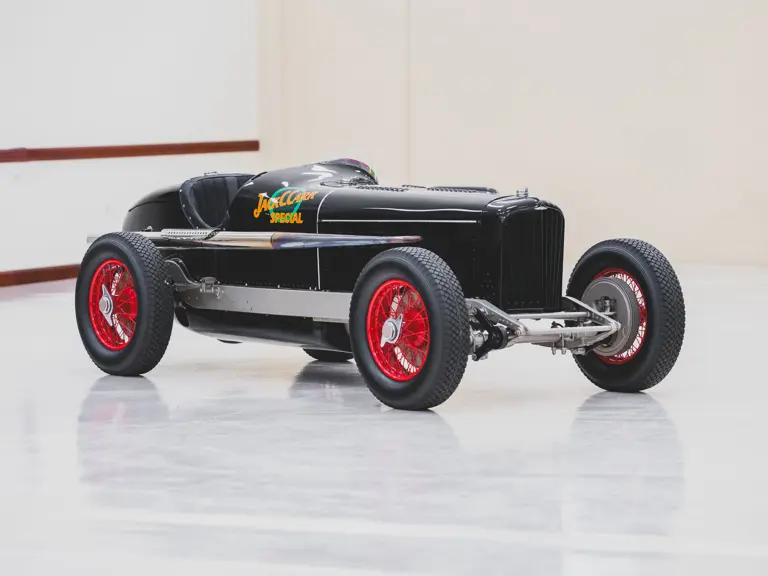
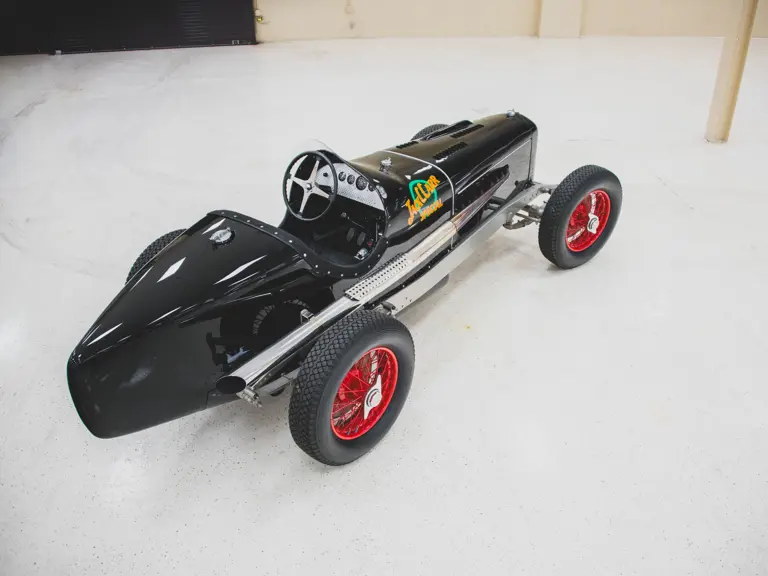


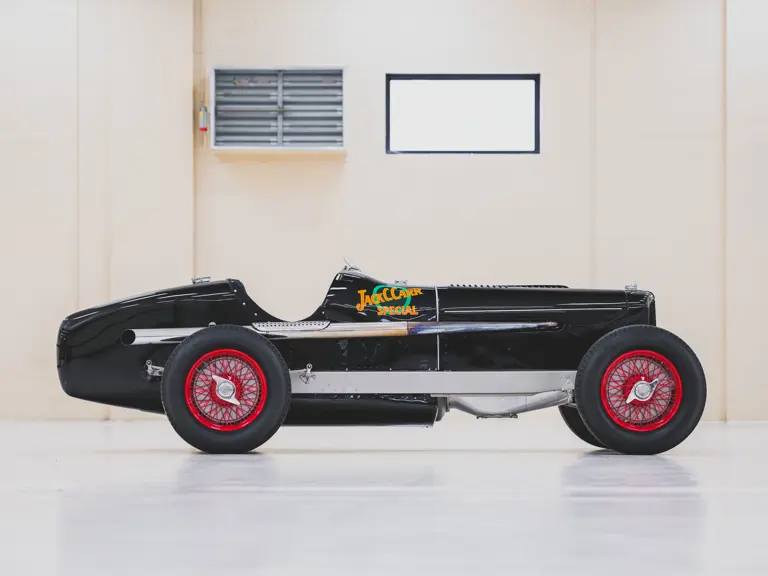
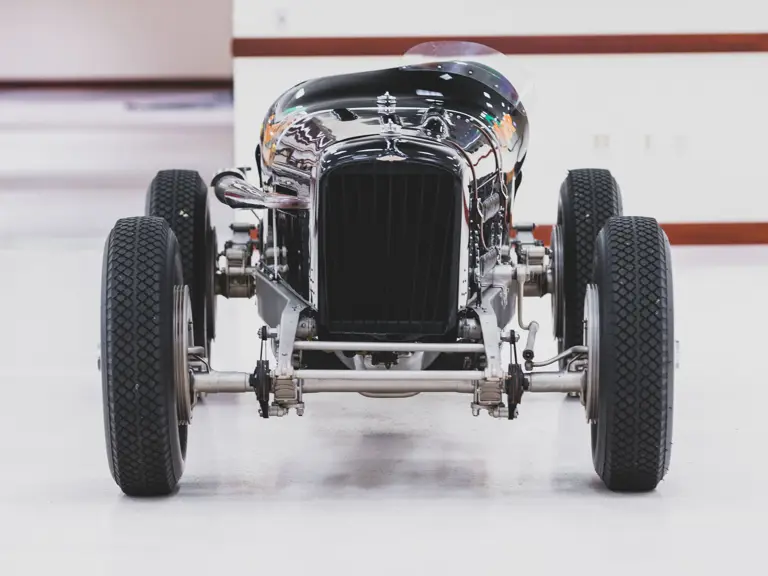
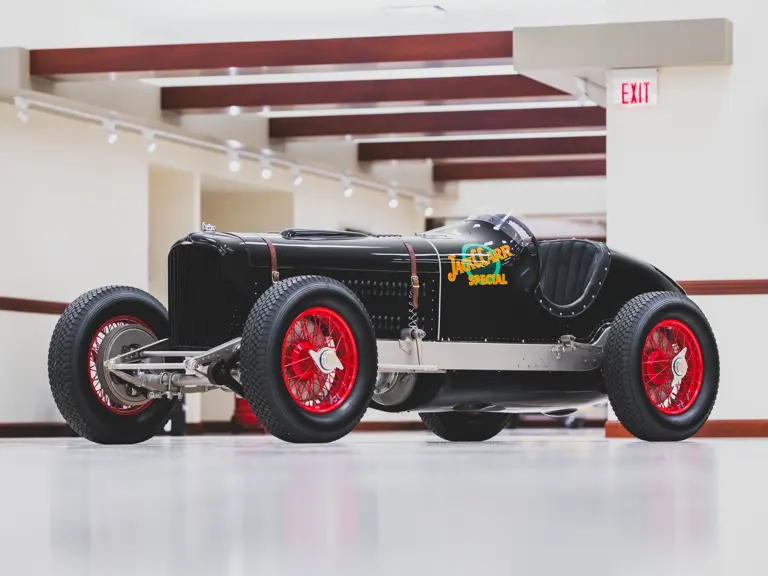


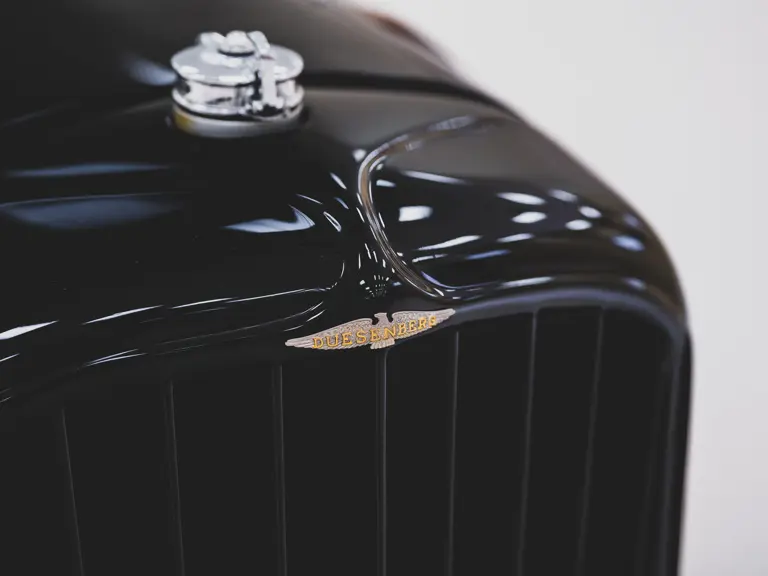
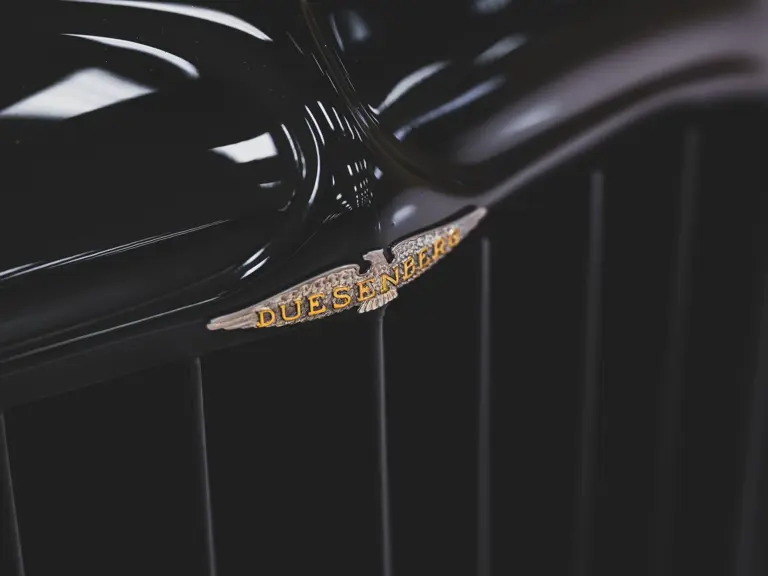


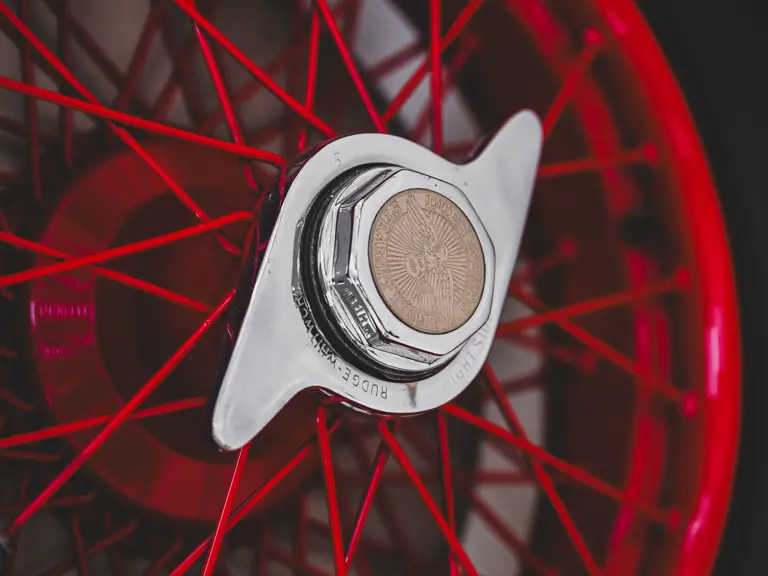
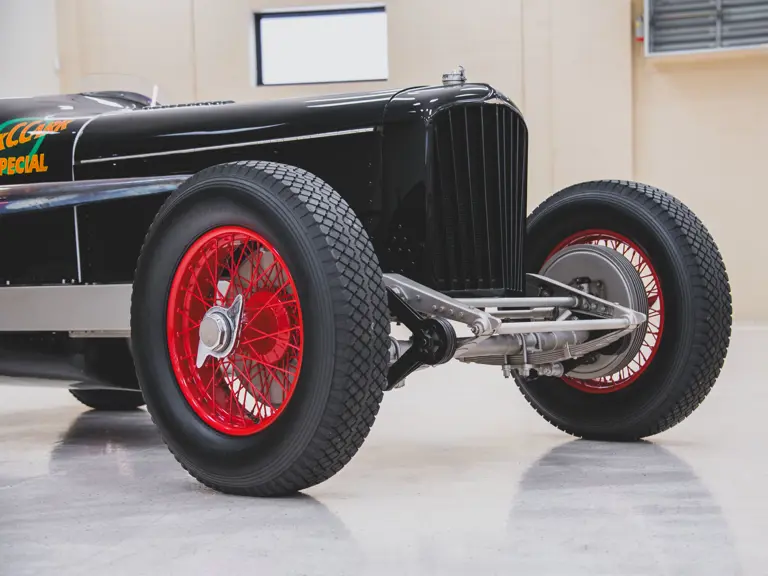
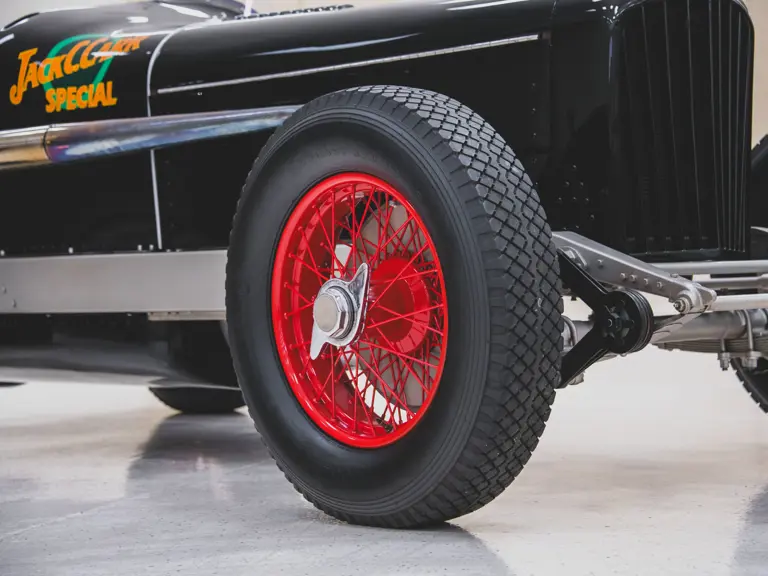
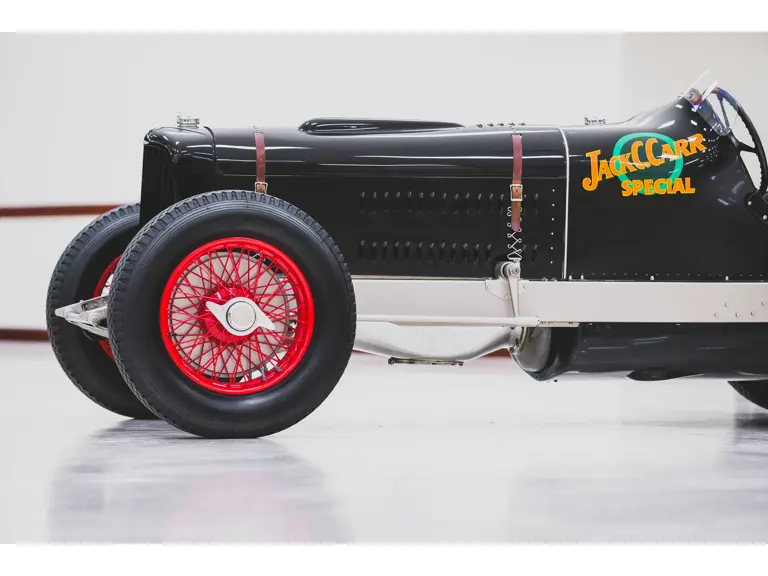

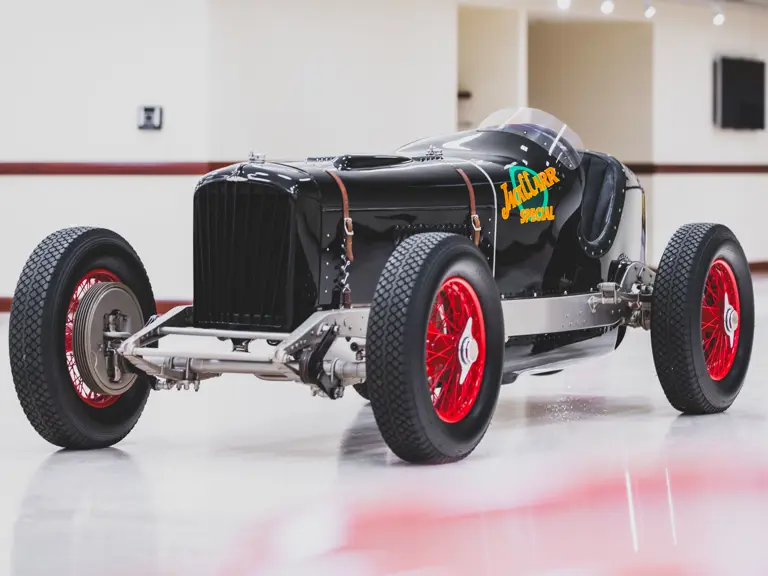
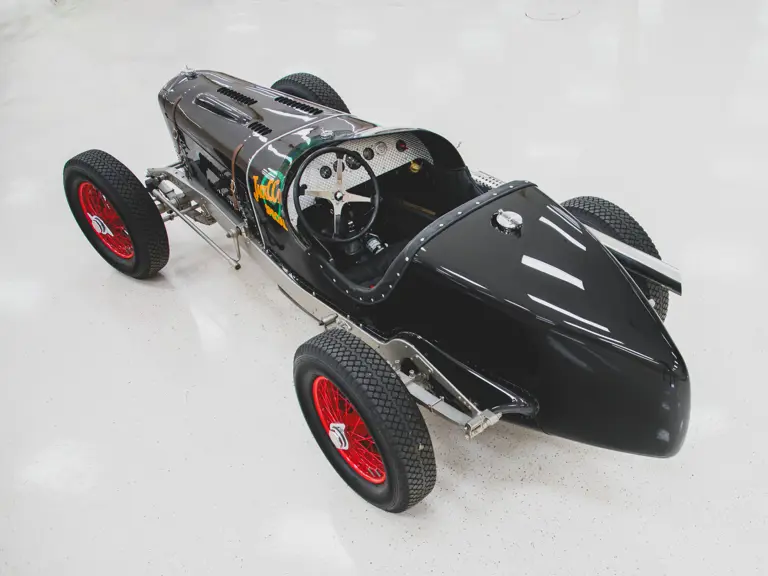


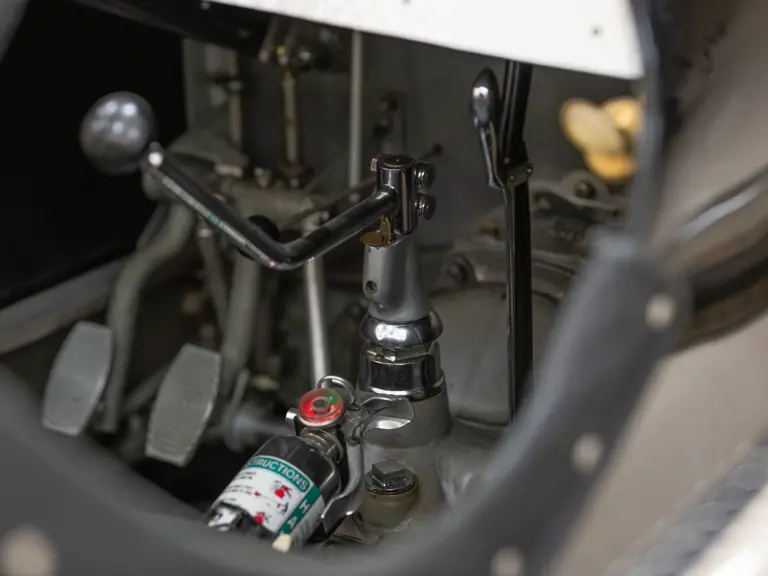
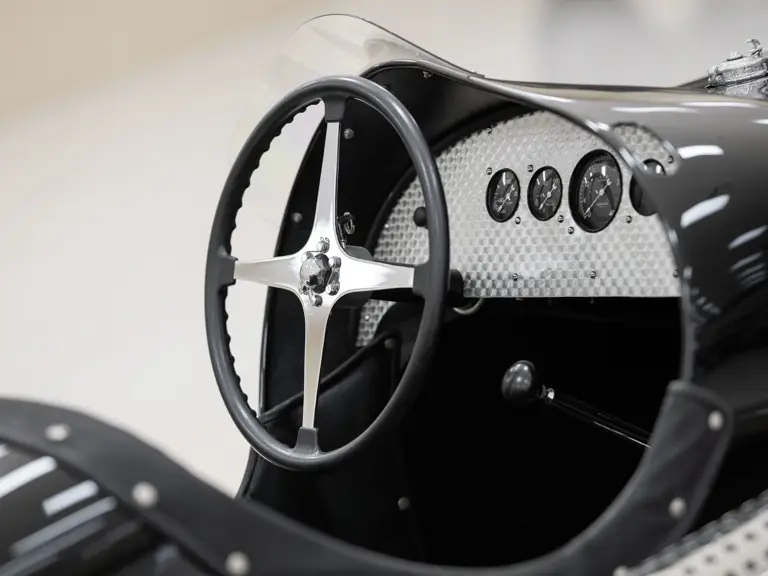
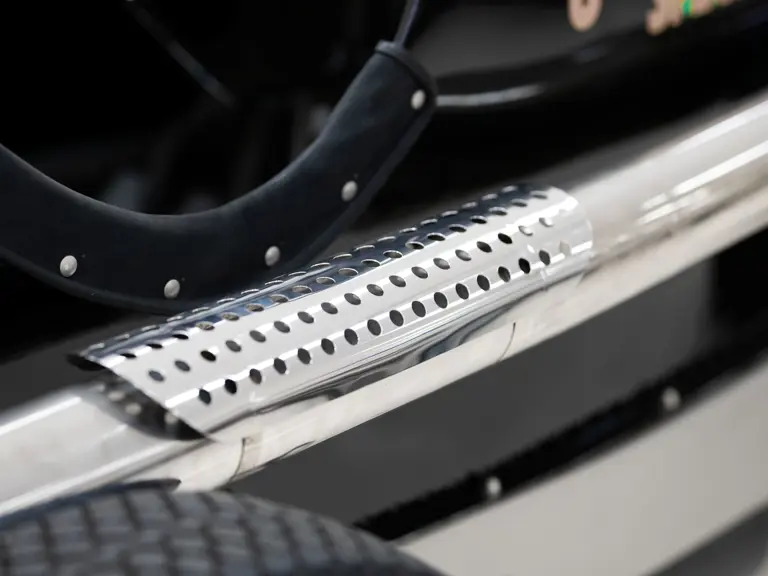
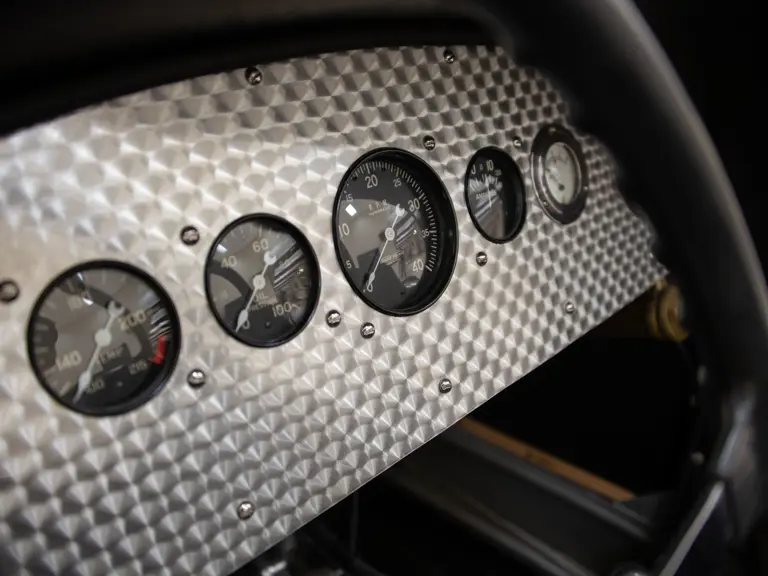
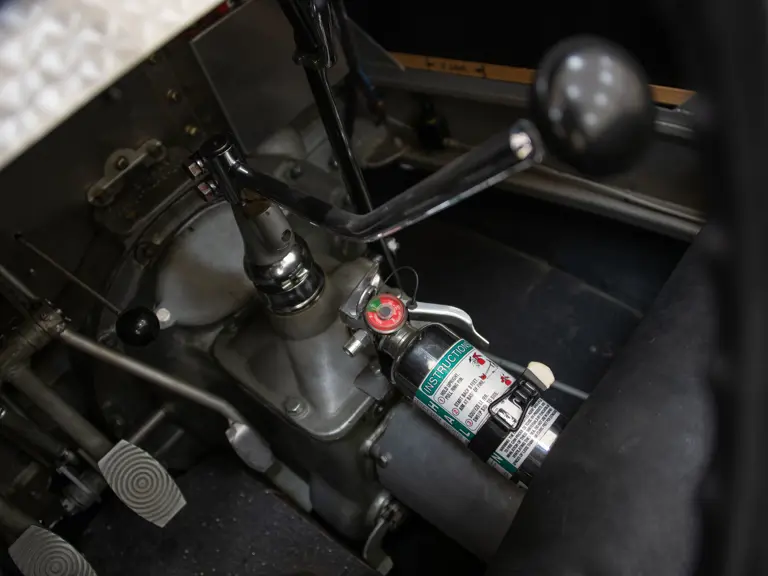
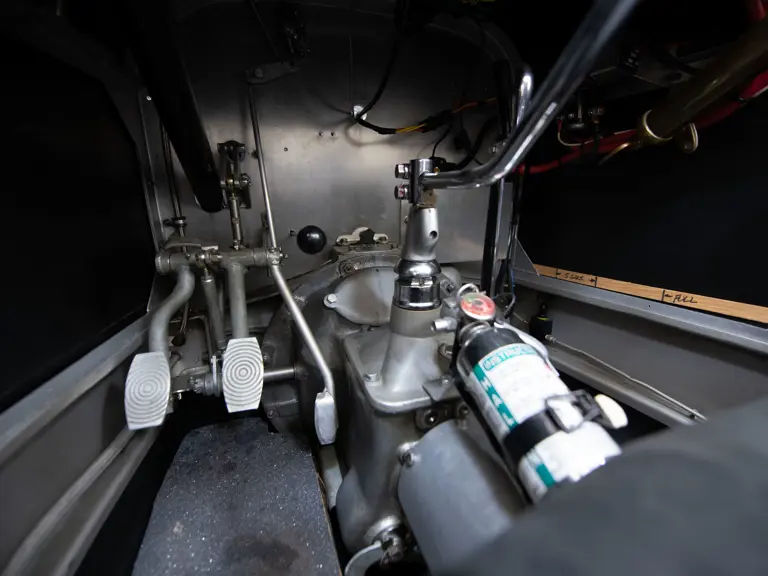
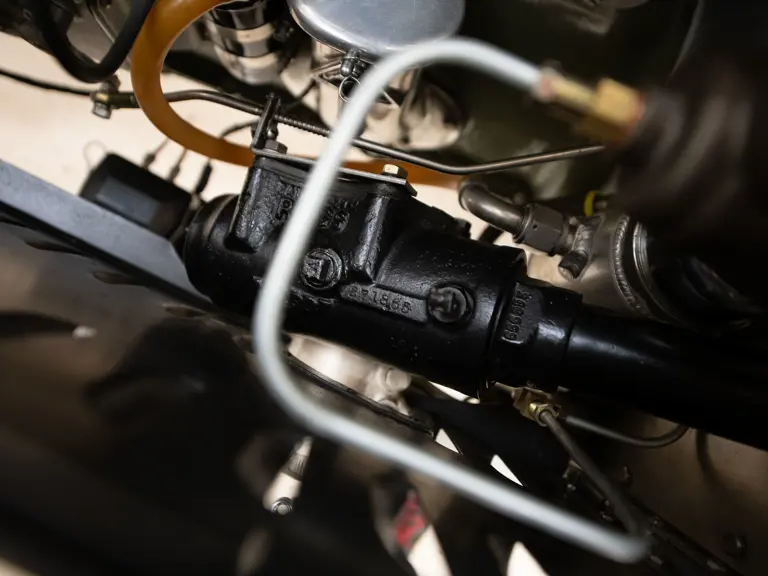




 | Coral Gables, Florida
| Coral Gables, Florida

